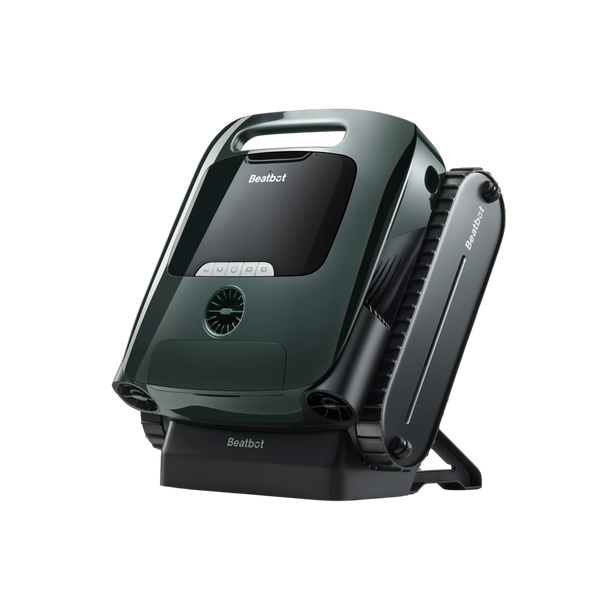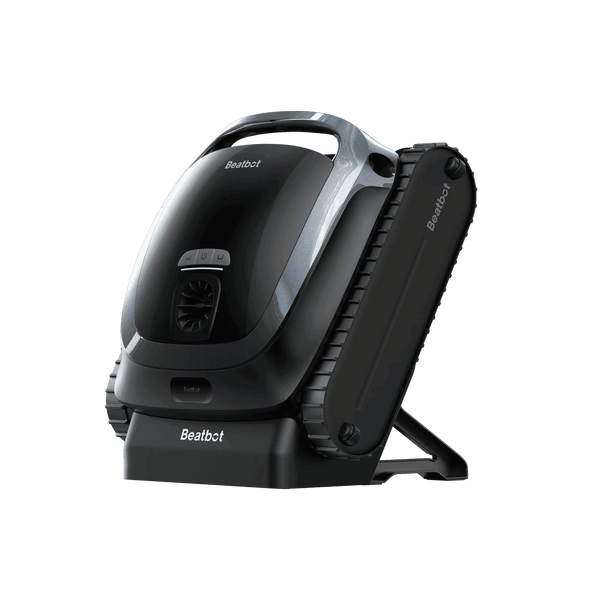Non-Stop or Not? Evaluating the Need for 24/7 Pool Pump Operation
Let's get straight to it - running your pool pump 24/7 burns money faster than your summer tan. Yet many pool owners keep their pumps humming non-stop, thinking more equals better. Spoiler alert: it doesn't.Your pool pump serves as the heart of your pool's circulation system. But just like your heart doesn't need to sprint all day, your pump doesn't need to run constantly. Proper circulation keeps your water clean and clear, but overdoing it wastes electricity and wears out your equipment.The trick? Finding that sweet spot where your pool stays pristine without emptying your wallet. And trust us - it's way less runtime than you might think.
Table of content

Understanding Your Pool's Turnover Rate
Think of turnover as your pool's complete refresh cycle. It's the time needed for all the water in your pool to pass through your filtration system once. Most residential pools need one full turnover daily - not the three or four cycles you get with 24/7 operation.Here's the simple math: divide your pool's volume by your pump's flow rate. A typical 20,000-gallon pool with a 60 GPM pump needs about 5.5 hours for one turnover. Even accounting for resistance from dirty filters and other factors, you're looking at 8-12 hours max.Want to check your pool's turnover? Grab your pool's volume from your original paperwork or calculate it yourself (length × width × average depth × 7.5). Then look up your pump's flow rate on its label or manual.
Peak Hours Matter More Than You Think
Best Time to Run Your Pump
Morning hours pack a one-two punch for pool maintenance. First, you'll dodge those peak electricity rates that power companies love to charge from 2 PM to 7 PM. Second, you'll catch debris before it sinks to the bottom or breaks down in your water.Run your pump from 6 AM to noon, and you'll hit both goals. Your water gets its needed turnover while your wallet stays fuller. Plus, morning operation means your pool's ready for afternoon swimming.
Dealing with Heavy Usage
Pool parties change the game. More swimmers equal more contaminants, from sunscreen to sweat. On heavy-use days, add a 2-3 hour runtime bump. Split it between pre-party prep and post-party cleanup for best results.Pro tip: If you're hosting afternoon swimmers, schedule a short pump cycle about an hour before they arrive. This quick refresh primes your pool for action without the all-day energy drain.
Climate's Impact on Pump Operation
Summer in Phoenix hits different than summer in Seattle for your pool. Hot weather speeds up algae growth and chemical reactions, pushing your pool's needs closer to the higher end of runtime recommendations. When temperatures soar past 85°F, your pool might beg for extra filtration time.Cold snaps change everything. Your water chemistry slows down below 60°F, and algae practically hits the snooze button. During these chilly periods, you can slash pump runtime dramatically - sometimes down to 4 hours daily. Just keep enough circulation going to prevent stagnant zones.Surprisingly, humidity plays a bigger role than most owners realize. High humidity areas face increased risk of biological growth, even in cooler temperatures. Monitor your water clarity and adjust accordingly.
Signs You're Running Your Pump Too Long
Your pool drops some obvious hints when it's getting too much pump time. First up - that power bill that made you do a double-take. If your electricity costs jumped without a rate hike, your pump might be the culprit.Listen to your equipment too. A pump running overtime ages like milk, not wine. Unusual noises, frequent repairs, or a pump that's hotter than normal suggests it's working harder than necessary. Watch for over-filtered water as well - if your water feels stripped or irritates your eyes, you're probably overdoing it.The real kicker? Perfect water quality with excessive runtime means you're just burning cash. Cut back gradually while testing your water. You'll likely find the sweet spot uses way less pump time than you thought.If constant operation of your pool pump around the clock isn't desired, consider employing a freeze sensor. These devices track ambient and/or water temperatures, automatically activating your pump when the conditions become too cold. A number of contemporary pump models are equipped with integrated freeze protection features.
Smart Operation Saves Money
Breaking up your pump's runtime revolutionizes both effectiveness and efficiency. Think of it like interval training versus running a marathon - shorter, strategic bursts often outperform the long haul.Start with a morning session to clear overnight debris, then add an evening run to prep for night. This split schedule maintains water quality while keeping your pump from burning out. Plus, it perfectly aligns with most electric companies' off-peak rates.Most pool owners save 30-50% on pump-related energy costs by ditching the 24/7 schedule for strategic intervals. Take those savings straight to your upgrades fund - maybe that poolside speaker system isn't just a dream after all.
Season-Smart Scheduling
Summer Schedule
Your pool works hardest during swim season. Lock in 10-12 hours of daily filtration when the mercury climbs. Split those hours between early morning and evening to maximize efficiency. Those midday hours? Skip them unless you're hosting an epic pool party.Dial up the runtime during pollen season or after storms. But don't fall into the trap of running your pump non-stop just because leaves keep falling. A good skimmer net works wonders between filtration cycles.
Winter Adjustments
In the winter, the goal is to keep moving water so it doesn't freeze. Run your pump as soon as the temperature drops below 40° F (4° C). Your water chemistry moves slower in cold weather, and algae growth nearly stops. Just maintain enough circulation to prevent stagnant spots.Some northern pool owners winterize completely. But if you keep your pool open year-round, these shorter winter cycles save serious cash while keeping your water pristine.
Autumn Pool Maintenance
If you are having leaves or other debris enter your pool then it is also a good recommendation to run your pump in the fall. But if there is minimal debris and the temperatures during the month of cooler water are not freezing, running your pump for a few hours during the day should be plenty over the milder months.
Getting it Right: Your Custom Schedule
Cookie-cutter advice falls flat because every pool lives in its own world. Your perfect pump schedule depends on a mix of factors that only you can nail down.Size matters - bigger pools need more runtime to complete that crucial daily turnover. Deep pools typically need an extra hour compared to shallow ones with the same surface area.Your local climate calls major shots too. Desert dwellers battle intense sun and high evaporation, while forest-adjacent pools wage war with falling leaves and organic debris.Factors that shape your ideal pump schedule:
- Pool size and depth
- Local climate
- Tree coverage
- Bather load
- Type of sanitizer
Nail these variables and you'll hit that sweet spot between clean water and efficient operation. Monitor water clarity, chemical levels, and power consumption for two weeks after each change. Your perfect schedule hides in that data.Stay flexible with seasonal changes and special events. Keep an eye on results, and don't be afraid to experiment within safe ranges.
Relative Blogs
About the author



















